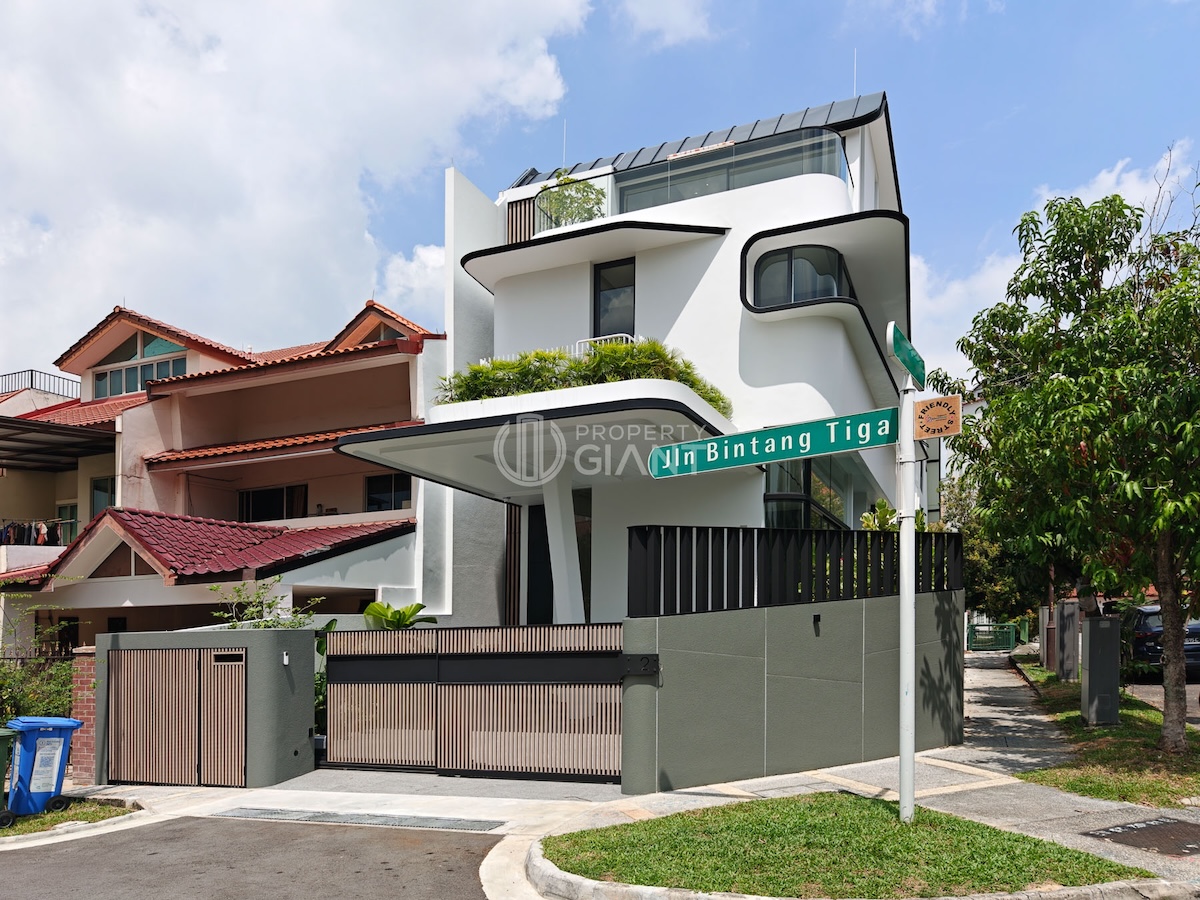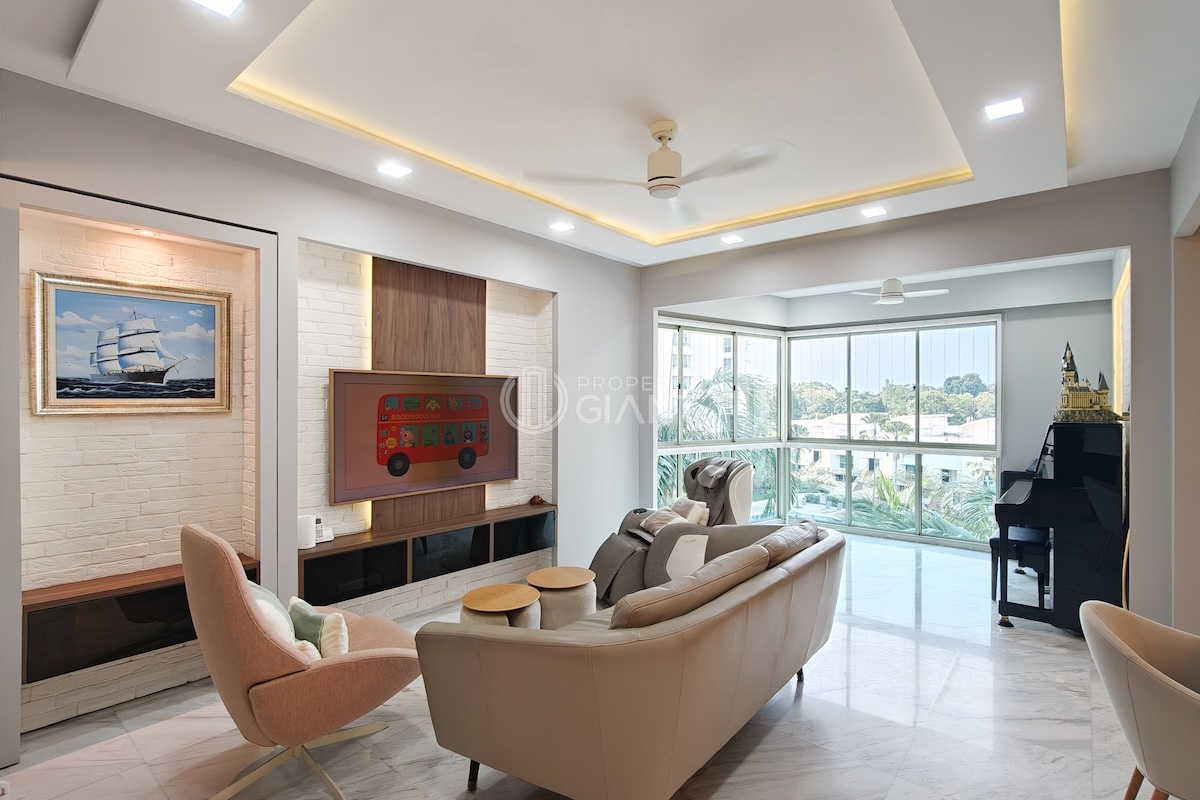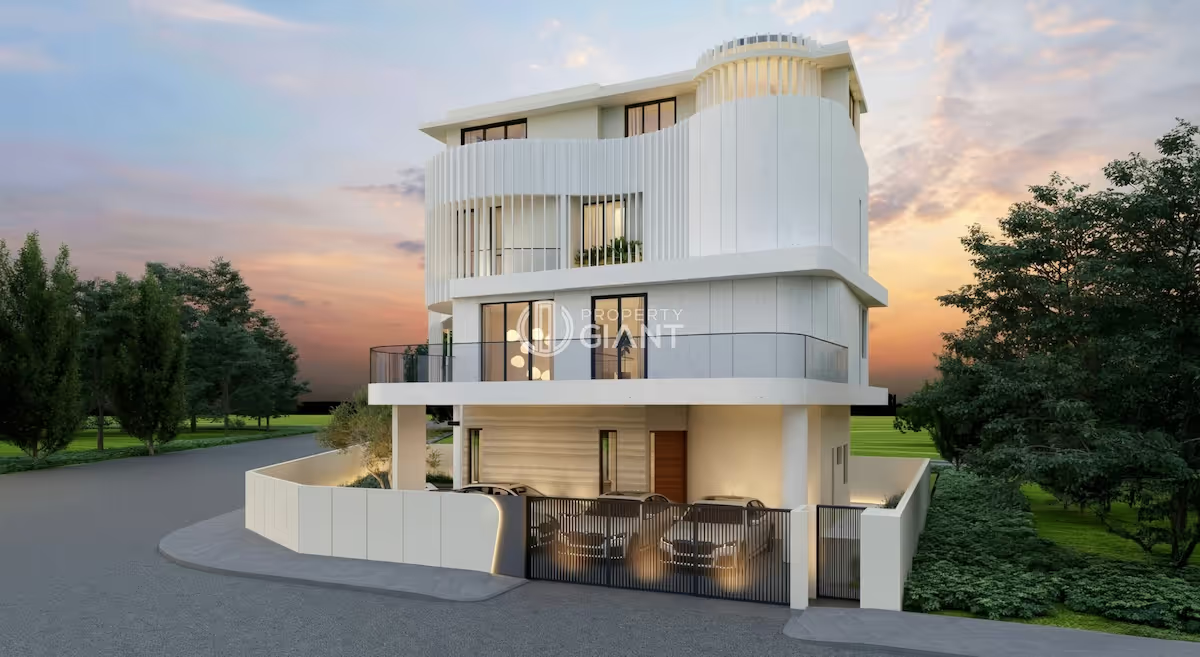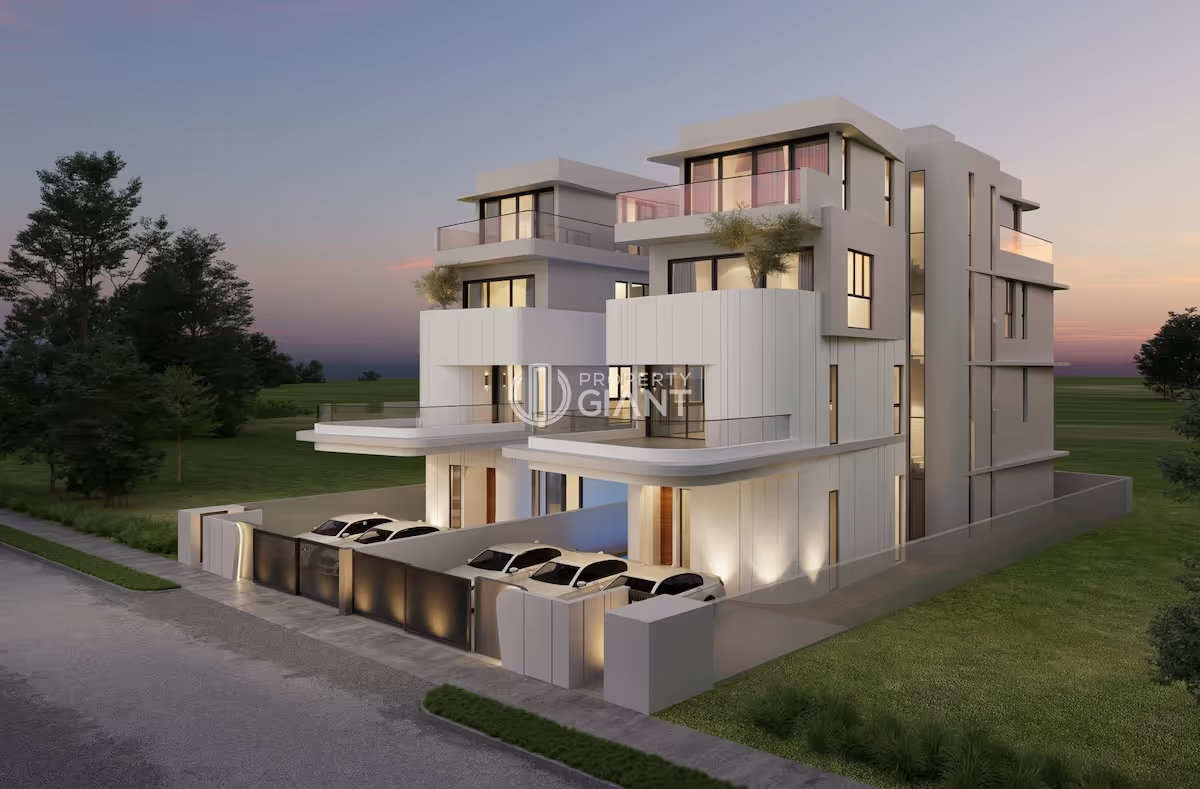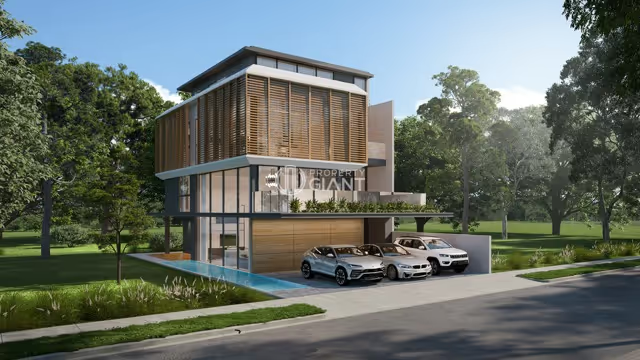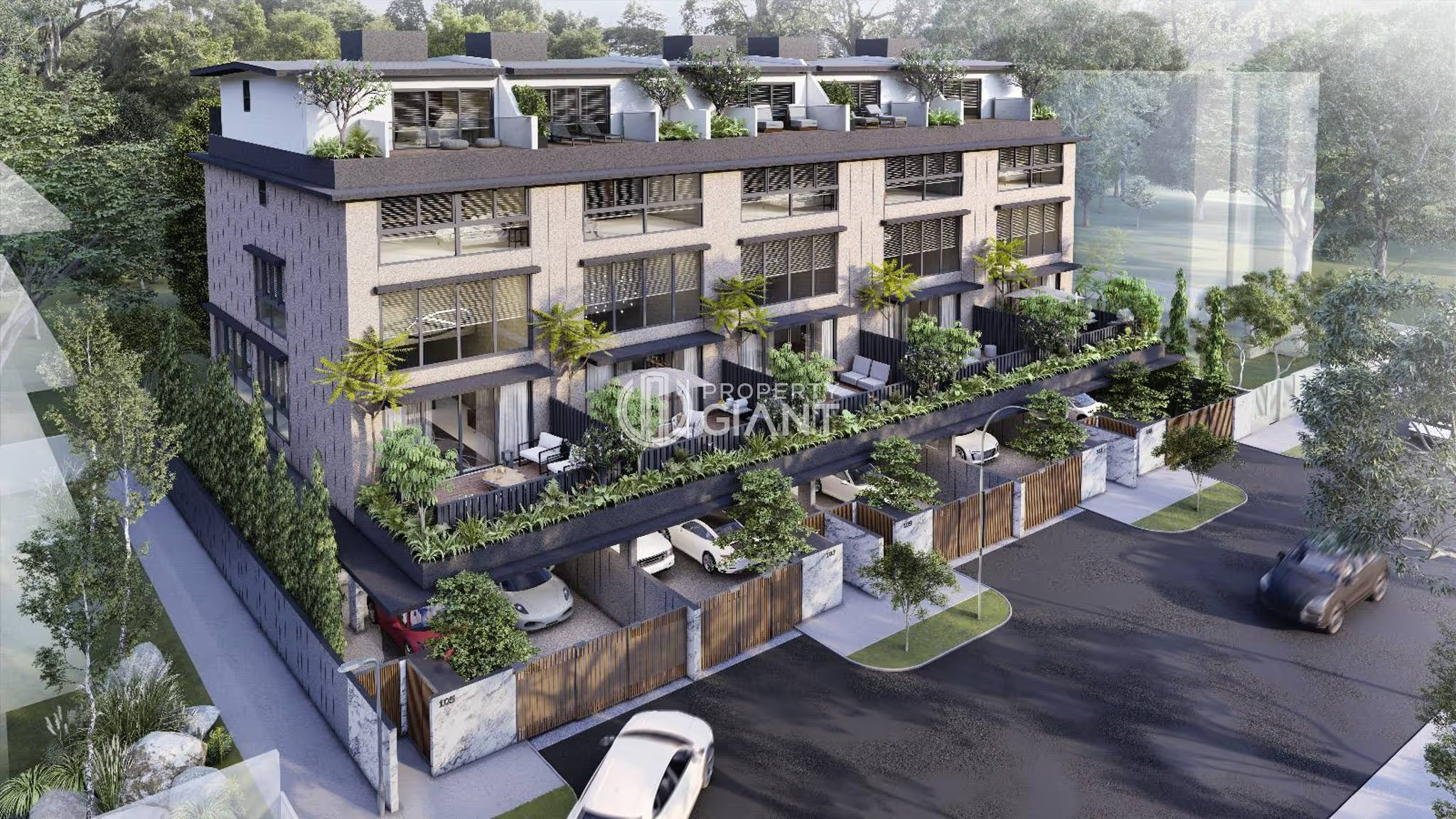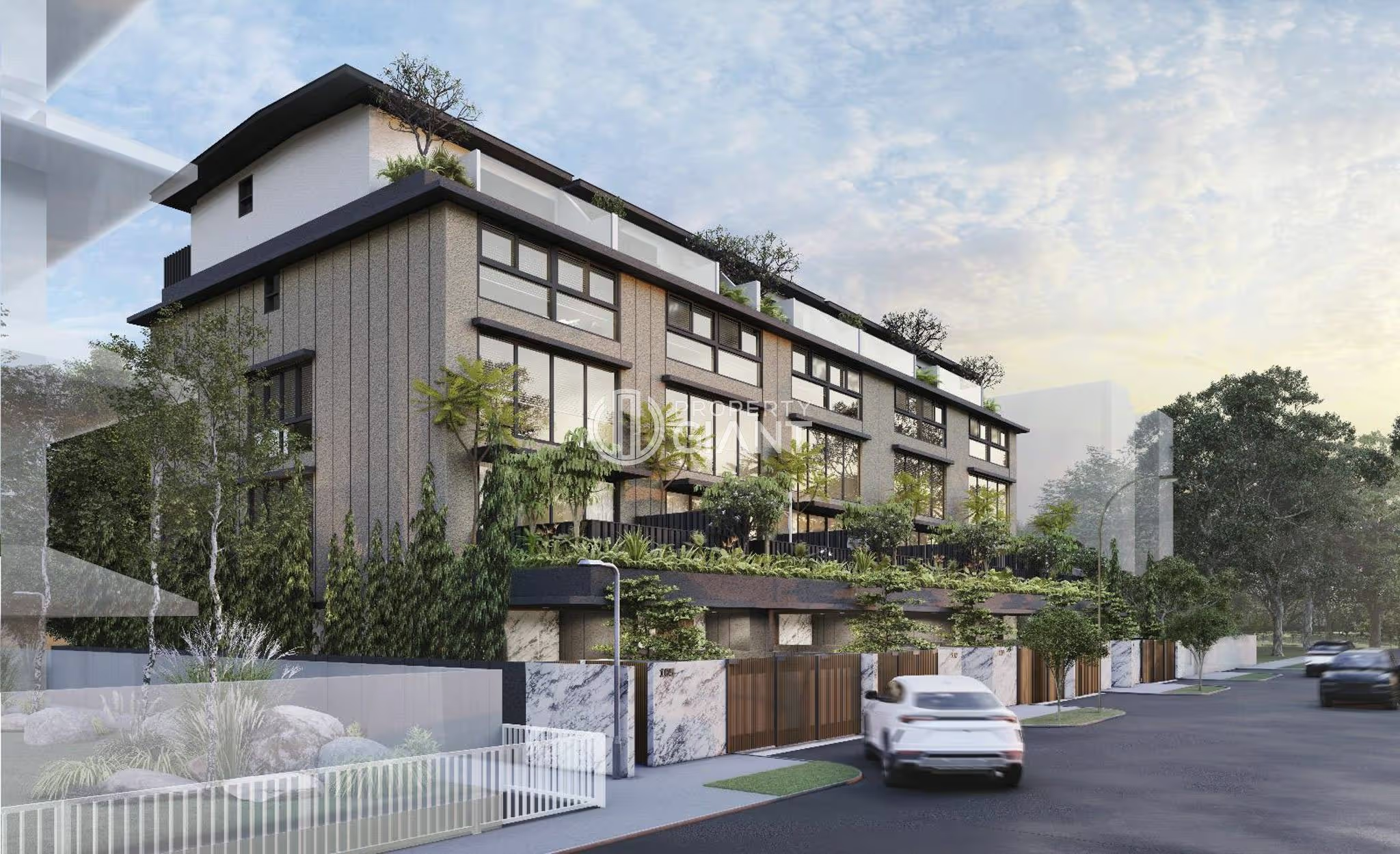The Singapore government is taking measures to cool the property market, which has remained firm even with a dimmer economic outlook. As part of these measures, the government has introduced a new round of property cooling measures, which include doubling the Additional Buyer's Stamp Duty (ABSD) for foreign buyers to 60%.
Measures for a Sustainable Property Market
The ABSD rates for Singapore citizens purchasing their second residential property will increase from 17% to 20%, while citizens purchasing their third and subsequent residential property will need to pay 30%, up from 25%.
Singapore Permanent Residents buying their second residential property face similar rates, with the ABSD rate for their third and subsequent property increasing from 30% to 35%. Entities or trusts buying any residential property except for developers will have to pay 65%, up from 35%.
Foreign buyers will see a significant increase in ABSD rates, with the rate doubling from 30% to 60%, while entities or trusts buying any residential property except for developers will have to pay 65%, up from 35%.
Raising Additional Buyer’s Stamp Duty (ABSD) Rates
The government has implemented these measures to promote a sustainable property market. The revised ABSD rates will take effect from April 27, 2023. Based on 2022 data, the above ABSD rate increases will affect about 10% of residential property transactions. The ABSD rates for Singapore citizens and Permanent Residents purchasing their first residential property, which constitutes about 90% of residential property transactions based on 2022 data, will remain at 0% and 5% respectively. For acquisitions made jointly by two or more parties of different profiles, the highest applicable ABSD rate will apply.
It's worth noting that the government has already implemented property market measures in December 2021 and September 2022, which have had a moderating effect. However, in 1Q2023, property prices showed renewed signs of acceleration amid resilient demand. Demand from locals purchasing homes for owner-occupation has been especially strong, and there has also been renewed interest from local and foreign investors in the residential property market.
Married couples with at least one Singaporean spouse, who jointly purchase a second residential property, can continue to apply for a refund of ABSD, subject to certain conditions. These conditions include selling their first residential property within 6 months after the date of purchase of the second residential property if this is a completed property, or the issue date of the Temporary Occupation Permit (TOP) or Certificate of Statutory Completion (CSC) of the second residential property, whichever is earlier, if the second property is not completed at the time of purchase. The revised ABSD rates will apply to all residential properties acquired on or after April 27, 2023. There will be a transitional provision, where the ABSD rates on or before April 26, 2023, will apply for cases that meet certain conditions. The government warns that if left unchecked, prices could rise faster than economic fundamentals, with the risk of a sustained increase in prices relative to incomes.
Significant Increases in Housing Supply
The government's efforts to promote a sustainable property market also include significant increases in housing supply. The revisions to the ABSD rates to help moderate investment demand will complement the government's efforts to ramp up supply, to alleviate the tight housing market for both owner-occupation and rental.
The supply of private housing on the Confirmed List will increase to 4,100 units for the 1H2023 Government Land Sales (GLS) programme, from 3,500 units for 2H2022. In 2022, a total of 6,300 units were injected under the Confirmed List. For public housing, more than 23,000 flats were launched in 2022, and up to 23,000 flats will be launched in 2023. The government is prepared to launch up to 100,000 new flats in total between 2021 to 2025, and significant housing supply is expected to come onstream over the next few years. The measures above have been calibrated to moderate housing demand while prioritizing owner-occupation and providing sufficient housing supply. The government will continue to adjust policies as necessary to ensure their relevance and promote a sustainable property market.


